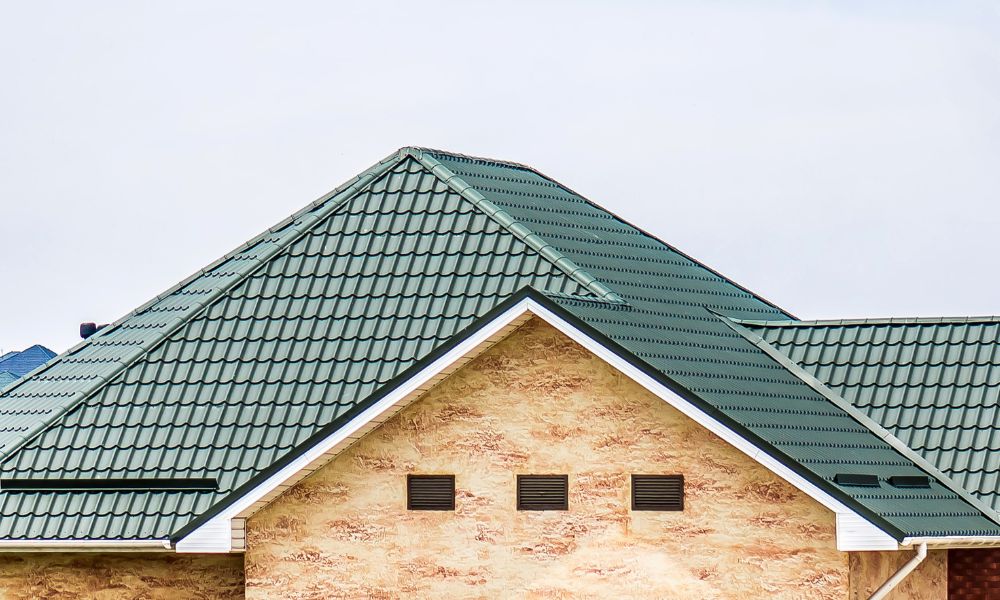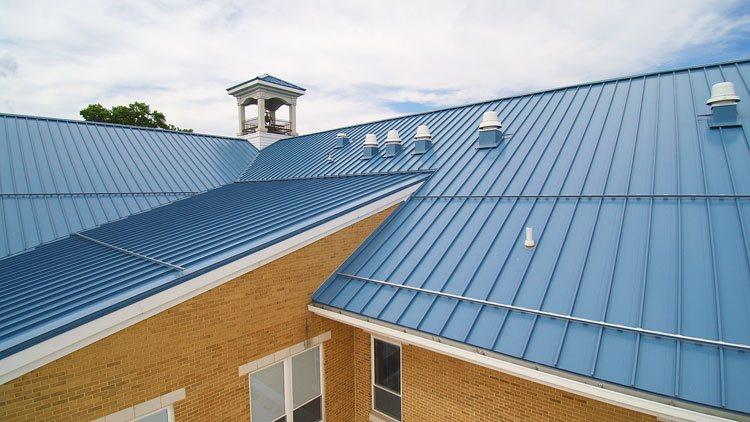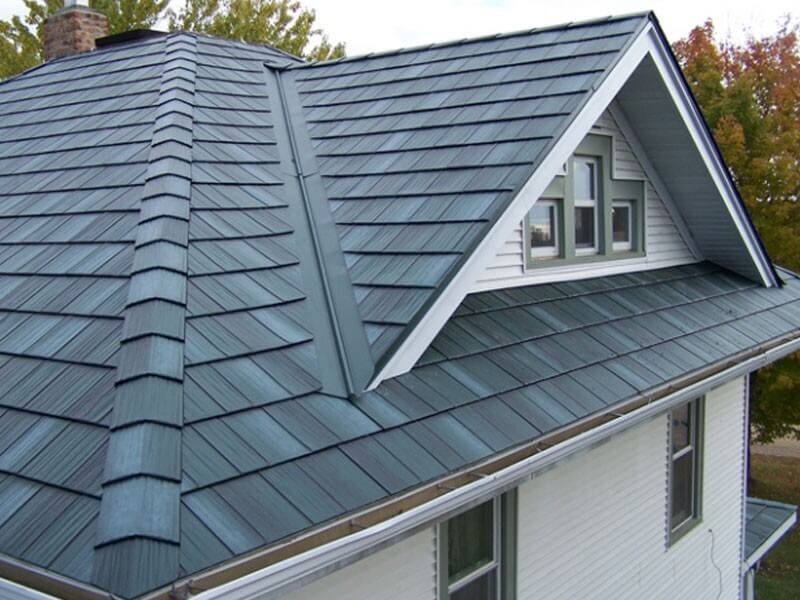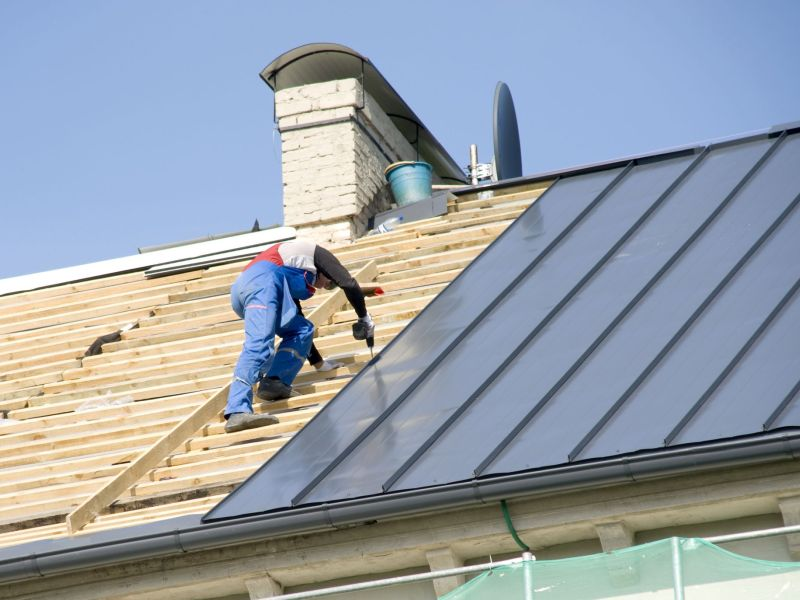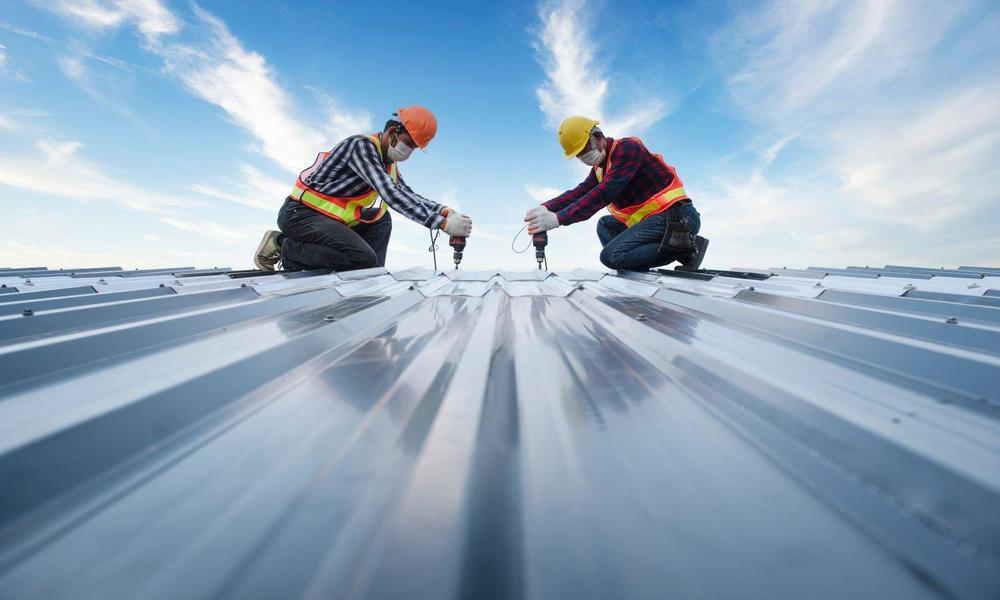- INTRODUCTION
When building or renovating a commercial property, choosing the right type of roof is a big decision. You’ll need to think about cost, durability, looks, and how easy it is to maintain. Click here to learn more about different roofing options and what might work best for your project. The two main options are flat roofs and pitched (or sloped) roofs. Each has its benefits and downsides, so it’s important to choose based on your building’s needs.
- FLAT ROOFS: SIMPLE AND AFFORDABLE
Flat roofs are very common on commercial buildings. Many business owners choose them because they are cheaper to install, easier to maintain, and provide extra space on top of the building.
2.1 ADVANTAGES
- Cost-Effective: Flat roofs usually cost less to install. They require fewer materials and take less time to build.
- Easy Access: Workers can easily walk on flat roofs, making repairs and inspections safer and quicker.
- Extra Space: You can place equipment like air conditioners, solar panels, or satellite dishes on the roof.
- Modern Look: Flat roofs give buildings a clean, box-like shape. You can also add a decorative front if you want a more stylish appearance.
2.2 DISADVANTAGES
- Water Drainage Problems: Since there’s no slope, rainwater and snow don’t flow off easily. Standing water can lead to leaks or damage if drainage isn’t done properly.
- Shorter Lifespan: Flat roofs are always exposed to the weather, so they don’t last as long. On average, they last about 20 years.
- Maintenance Needs: To make a flat roof last longer, you may need better materials and a good drainage system, which can increase costs.
- PITCHED ROOFS: TRADITIONAL AND DURABLE
Pitched or sloped roofs are often seen on schools, government buildings, and churches. They are more decorative and offer good protection from water damage.
3.1 ADVANTAGES
- Improved Drainage: Sloped roofs make it easier for snow and water to run off, which lowers the possibility of leaks or water accumulation.
- Longer Lifespan: With good materials, pitched roofs can last longer than flat roofs.
- Aesthetic Appeal: Pitched roofs look more traditional and come in many styles, colors, and finishes to improve the building’s appearance.
- Extra Storage Space: The sloped design often creates extra space under the roof that can be used for storage.
3.2 DISADVANTAGES
- Higher Cost: These roofs are more complex and take longer to install, which makes them more expensive.
- Harder to Access: Repairs and maintenance can be more dangerous and difficult because of the slope. Workers must use safety gear to avoid slipping.
- CONCLUSION
Your objectives will determine which roof is appropriate for your business facility. Think about your budget, the building’s style, how much maintenance you’re willing to do, and your location’s weather. Both flat and pitched roofs can work well—it just depends on what matters most to you and your business.


